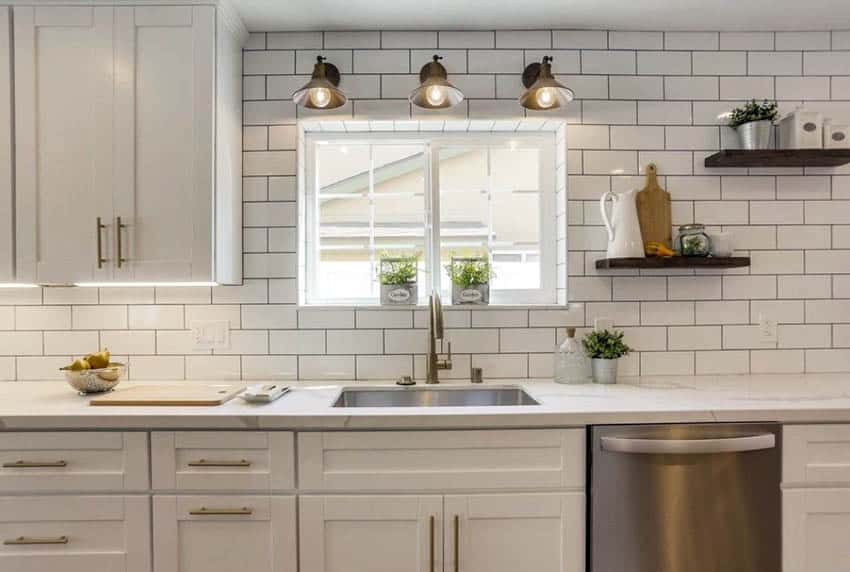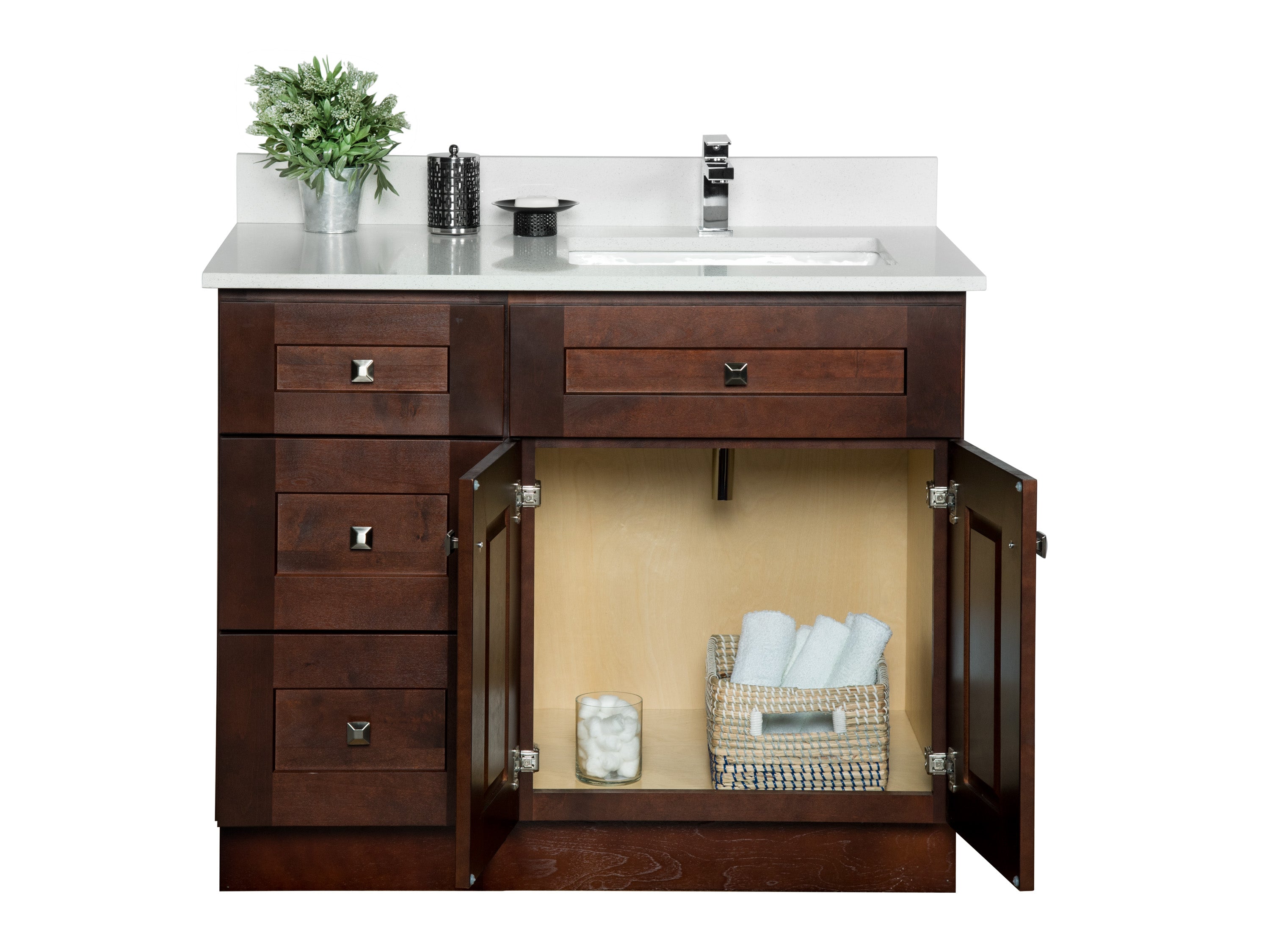Connecting a hose to your kitchen sink can be a useful and convenient way to access water for various tasks, such as watering plants or filling up a bucket. However, if you've never done it before, you may be wondering if it's even possible. The good news is, with the right tools and techniques, it's a simple process that anyone can do. Here's a step-by-step guide on how to connect a hose to your kitchen sink.How to Connect a Hose to Your Kitchen Sink
The short answer is yes, you can connect a hose to your kitchen sink. However, there are a few things you need to consider before doing so. First, make sure your kitchen sink has a removable aerator. This is the small mesh piece at the end of your faucet that controls the water flow. If you don't have a removable aerator, you won't be able to connect a hose. Additionally, check the size of your faucet and the hose to ensure they are compatible.Can You Connect a Hose to a Kitchen Sink?
Now that you've determined that your kitchen sink is suitable for connecting a hose, here's how to do it in a few simple steps: Step 1: Gather Your Materials Before you start, make sure you have all the necessary materials. This includes a hose, a faucet adapter, and a hose connector. You can find these items at most hardware or home improvement stores. Step 2: Remove the Aerator Using pliers or your fingers, gently unscrew the aerator from the end of your faucet. Be careful not to damage it in the process, as you'll need to put it back on later. Step 3: Attach the Faucet Adapter Next, attach the faucet adapter to your faucet. This piece will act as a bridge between your faucet and the hose. Make sure it is securely attached and in the correct position. Step 4: Connect the Hose Connector Now it's time to connect the hose connector to the faucet adapter. This piece will have a male end that attaches to the faucet adapter and a female end that the hose will connect to. Step 5: Connect the Hose Finally, connect the hose to the end of the hose connector. Make sure it is securely attached and turn on the water to test it out. If there are any leaks, tighten the connections until they stop.Step-by-Step Guide: Connecting a Hose to Your Kitchen Sink
While connecting a hose to your kitchen sink is a simple process, there are a few things you should keep in mind to ensure a successful and safe experience. Use a Food-Grade Hose When choosing a hose to connect to your kitchen sink, make sure it is a food-grade hose. This means it is safe for drinking and cooking purposes and won't contaminate your water supply. Regular garden hoses are not suitable for this purpose. Keep the Water Pressure Low It's essential to keep the water pressure low when using a hose with your kitchen sink. The pressure from a regular garden hose can be too high for your sink and cause damage. To avoid this, turn the water on slowly and monitor the pressure as you use the hose. Don't Leave the Hose Connected for Extended Periods While it may be tempting to leave the hose connected to your kitchen sink for convenience, it's not recommended. The weight of the hose can put strain on your faucet and potentially cause damage. Additionally, leaving the hose connected can also interfere with the water flow in your sink.Connecting a Hose to Your Kitchen Sink: What You Need to Know
As long as you follow the steps outlined above, it is safe to connect a hose to your kitchen sink. Just be sure to use a food-grade hose, keep the water pressure low, and disconnect the hose when not in use.Is it Safe to Connect a Hose to Your Kitchen Sink?
Here are a few additional tips to keep in mind to ensure a successful and hassle-free experience when connecting a hose to your kitchen sink: Check for Leaks After connecting the hose, check for any leaks and tighten connections if necessary. This will prevent any water wastage and potential damage to your sink or faucet. Use a Y-Connector If you want to connect both a hose and your regular faucet at the same time, consider using a Y-connector. This will allow you to switch between the two without having to disconnect and reconnect each time. Disconnect the Hose Before Using Your Sink Before using your sink for regular tasks, be sure to disconnect the hose to avoid any interference with the water flow.Tips for Successfully Connecting a Hose to Your Kitchen Sink
While connecting a hose to your kitchen sink is a relatively straightforward process, there are a few mistakes to avoid: Not Checking for Compatibility Before attempting to connect a hose to your kitchen sink, make sure your faucet and hose are compatible in size and type. Otherwise, you may end up with a frustrating and unsuccessful experience. Forgetting to Remove the Aerator Trying to connect a hose without removing the aerator first is a common mistake. Be sure to take this step before attempting to connect the hose.Common Mistakes When Connecting a Hose to Your Kitchen Sink
If you don't have a removable aerator or your faucet is not compatible with a hose, there are still a few alternative ways to connect a hose to your kitchen sink. Using an External Hose Connection You can purchase an external hose connection that attaches to your faucet and allows you to connect a hose. This is a good option if you don't want to remove your aerator or if it is not compatible. Using a Bucket Filler If you only need a small amount of water, you can use a bucket filler that attaches to your faucet and allows you to fill up a bucket with ease.Alternative Ways to Connect a Hose to Your Kitchen Sink
When you're finished using the hose, it's important to properly disconnect it from your kitchen sink. Here's how: Step 1: Turn Off the Water Before disconnecting the hose, turn off the water at the faucet. Step 2: Remove the Hose Gently remove the hose from the faucet connector, being careful not to spill water everywhere. If there is any excess water in the hose, drain it before storing. Step 3: Reattach the Aerator Using pliers or your fingers, reattach the aerator to your faucet.How to Disconnect a Hose from Your Kitchen Sink
There are several advantages to connecting a hose to your kitchen sink, such as easy access to water for various tasks. However, there are also a few drawbacks to consider: Pros:Using a Hose with Your Kitchen Sink: Pros and Cons
The Convenience of Connecting a Hose to Your Kitchen Sink

Why settle for just a regular kitchen sink when you can have one that offers even more functionality? By connecting a hose to your kitchen sink, you can make your daily tasks easier and more efficient. Here's why you should consider this upgrade for your house design.

First and foremost, having a hose connected to your kitchen sink opens up a whole new range of possibilities for your household chores. Need to fill up a large bucket with water? No problem. Simply attach the hose and turn on the tap for a quick and easy fill-up. Want to give your plants a thorough watering? A connected hose makes it a breeze to reach all corners of your garden.
Another benefit of having a hose connected to your kitchen sink is the convenience it offers for cleaning. Whether it's washing your car in the driveway or hosing down your outdoor furniture, having a hose easily accessible from your kitchen sink eliminates the need for multiple trips back and forth to the garden tap. This not only saves you time but also reduces the risk of tripping over tangled hoses.
But wait, isn't connecting a hose to your kitchen sink complicated? Actually, it's a lot simpler than you may think. Many kitchen sinks come with a built-in threaded faucet, making it easy to attach a hose with a simple adapter. If your sink doesn't have this feature, you can easily install a faucet with a threaded outlet or use a hose adapter that clamps onto your existing faucet.
One important thing to keep in mind when connecting a hose to your kitchen sink is to ensure that the water pressure is not too high. If the pressure is too strong, it can cause damage to your faucet or hose. It's recommended to use a pressure regulator to control the flow of water and protect your sink and hose.
So, what are the main takeaways? Connecting a hose to your kitchen sink offers convenience, efficiency, and versatility. It's a simple upgrade that can make a big difference in your daily routine. Make sure to choose the right type of faucet and use a pressure regulator to prevent any potential issues. With a connected hose, your kitchen sink becomes more than just a place for washing dishes – it becomes a multifunctional tool for all your household needs.







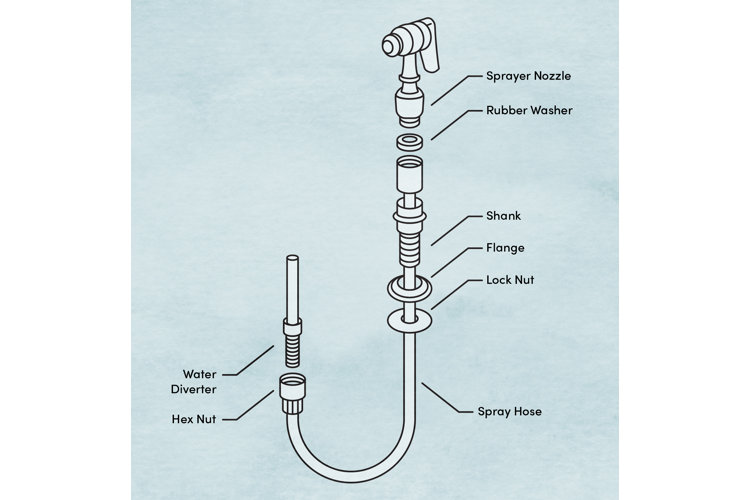
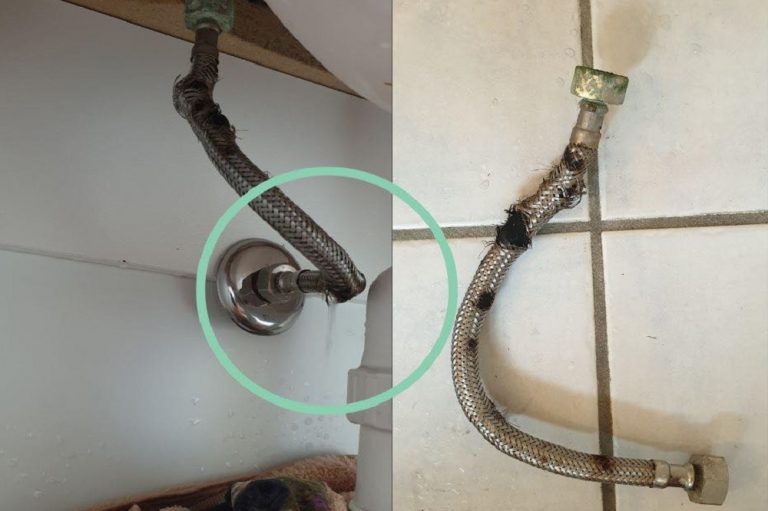

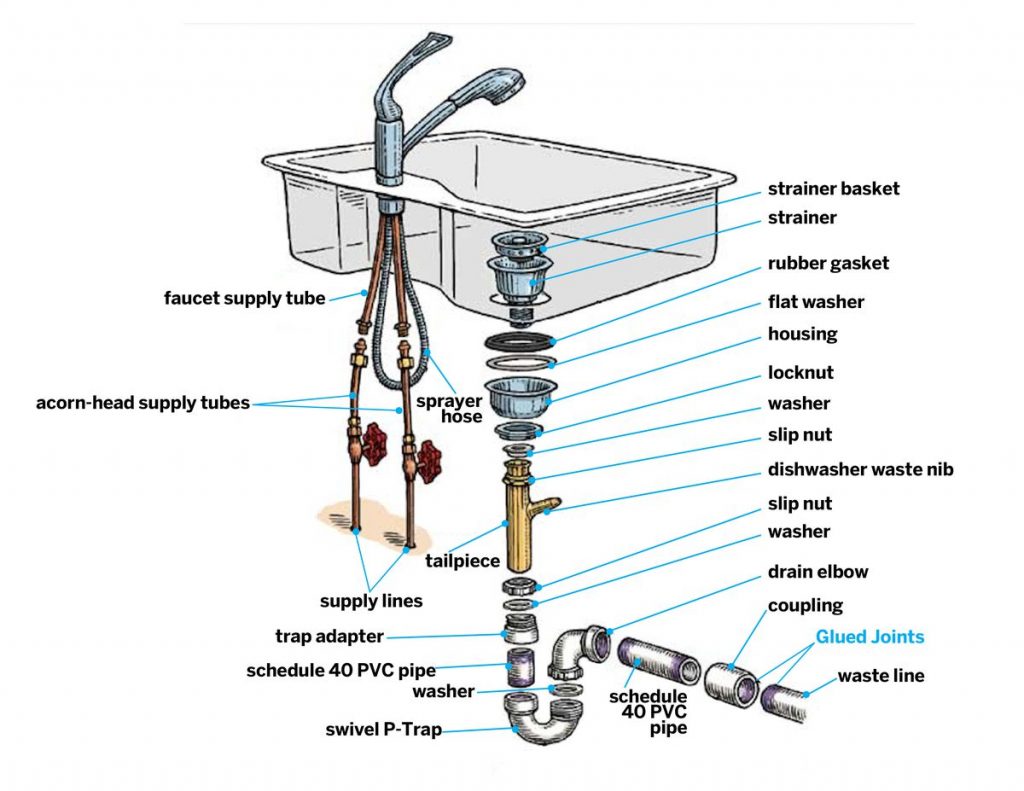


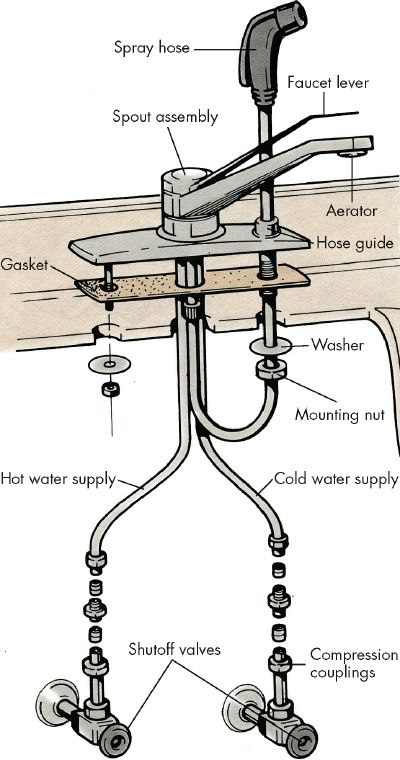

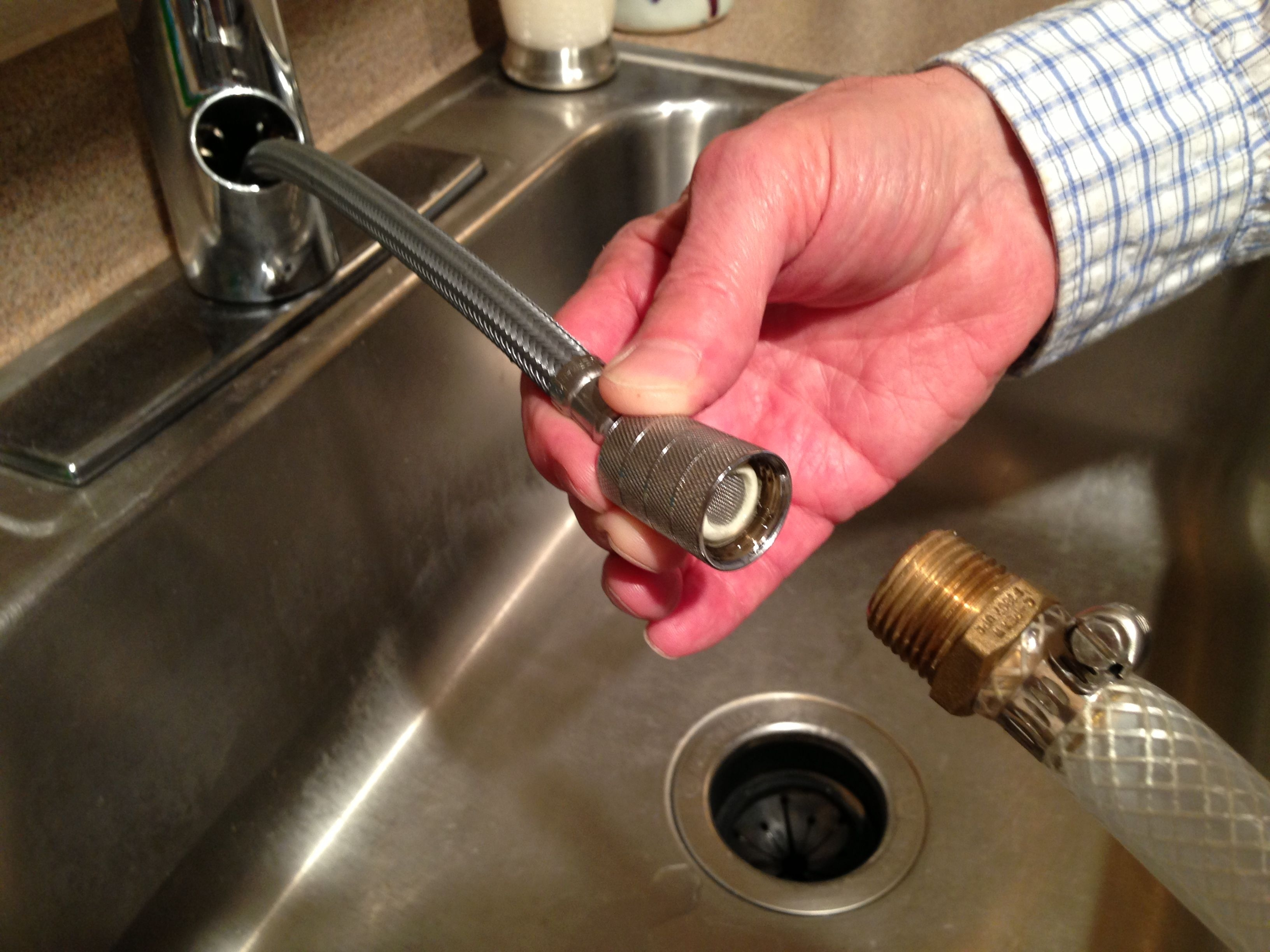

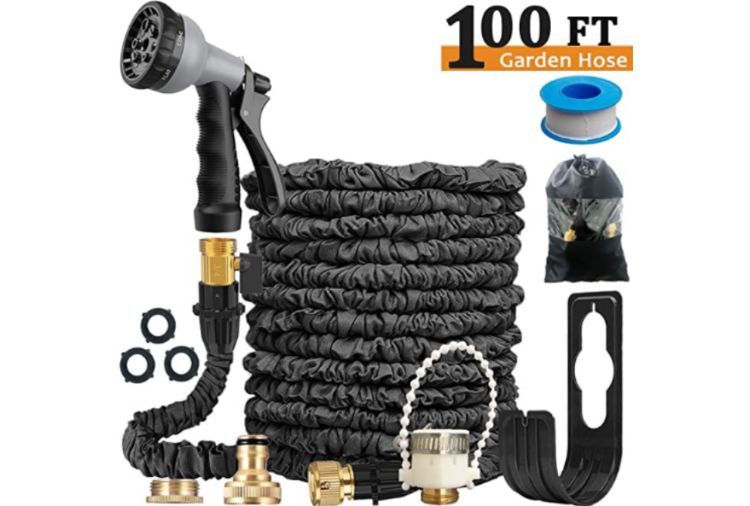


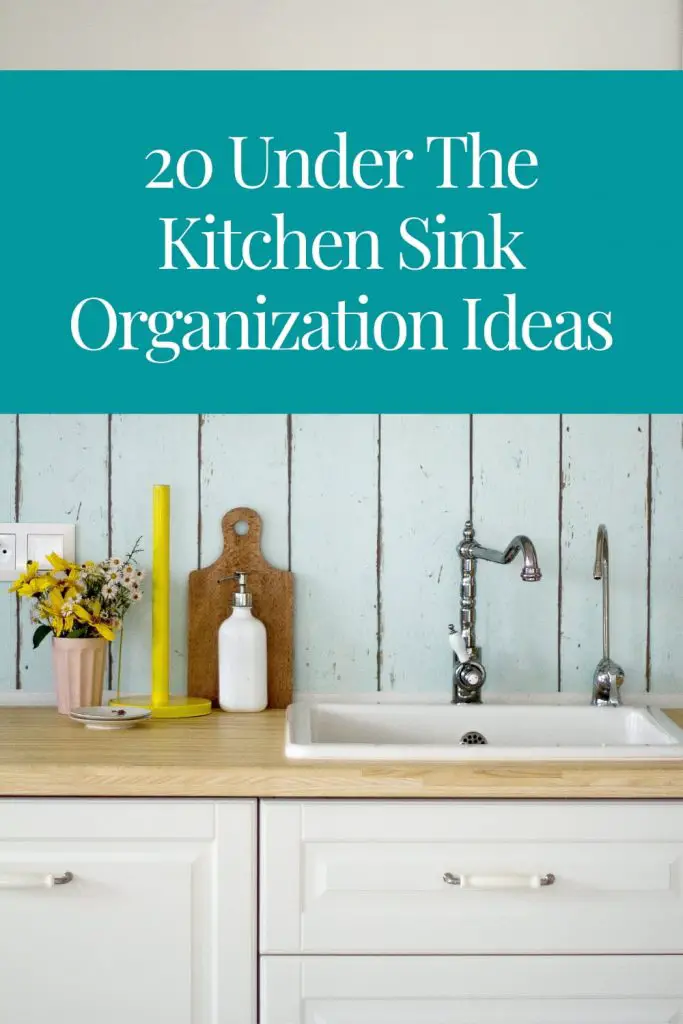



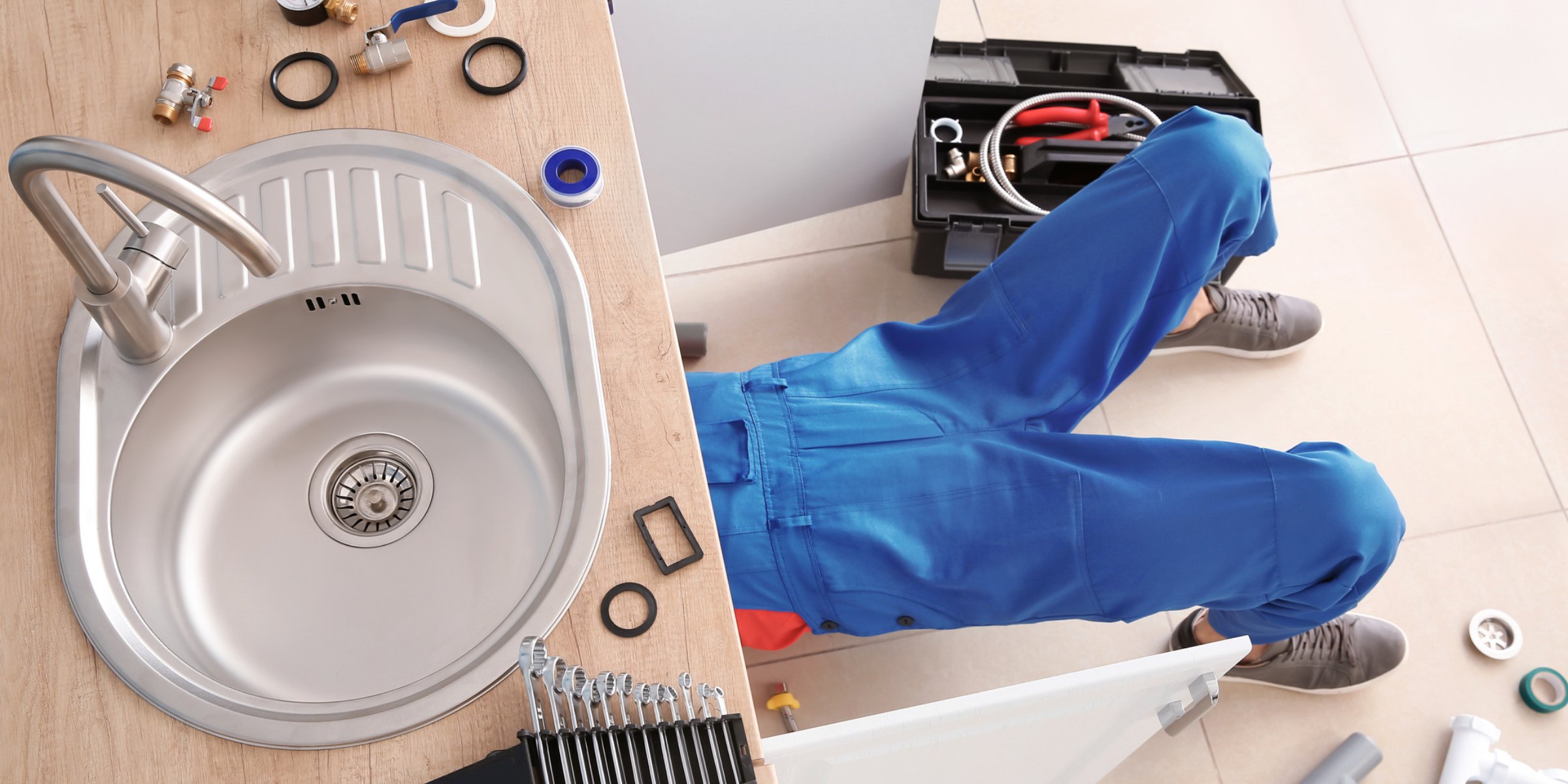
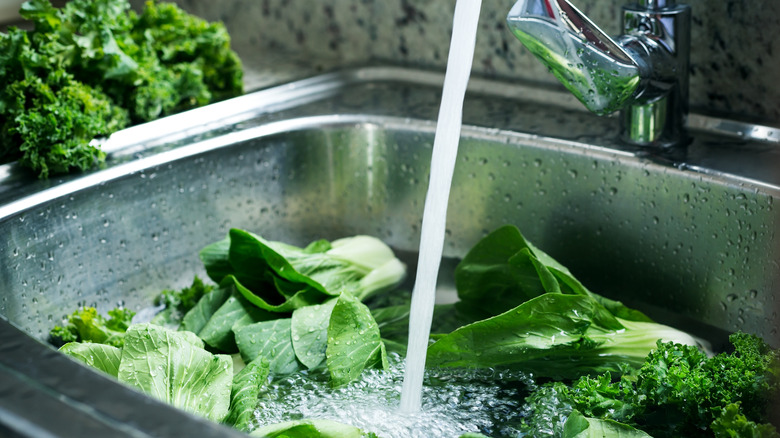










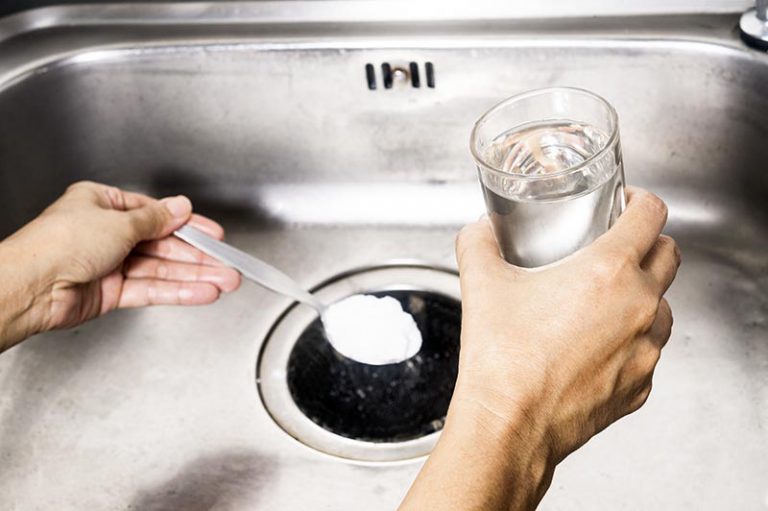














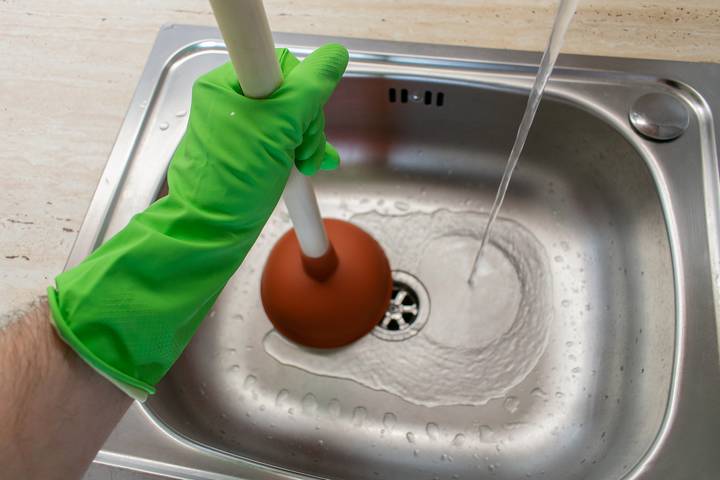
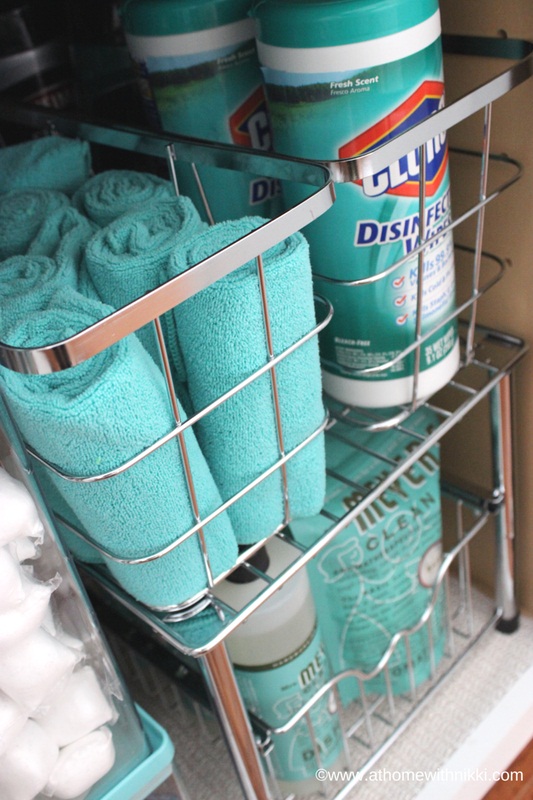





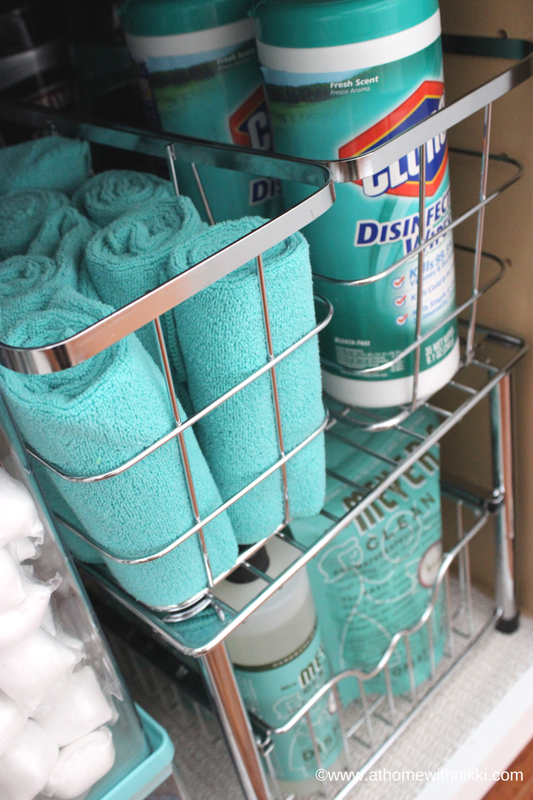

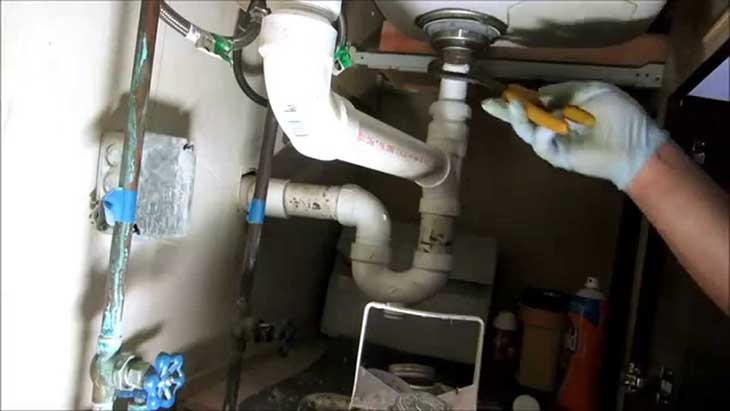

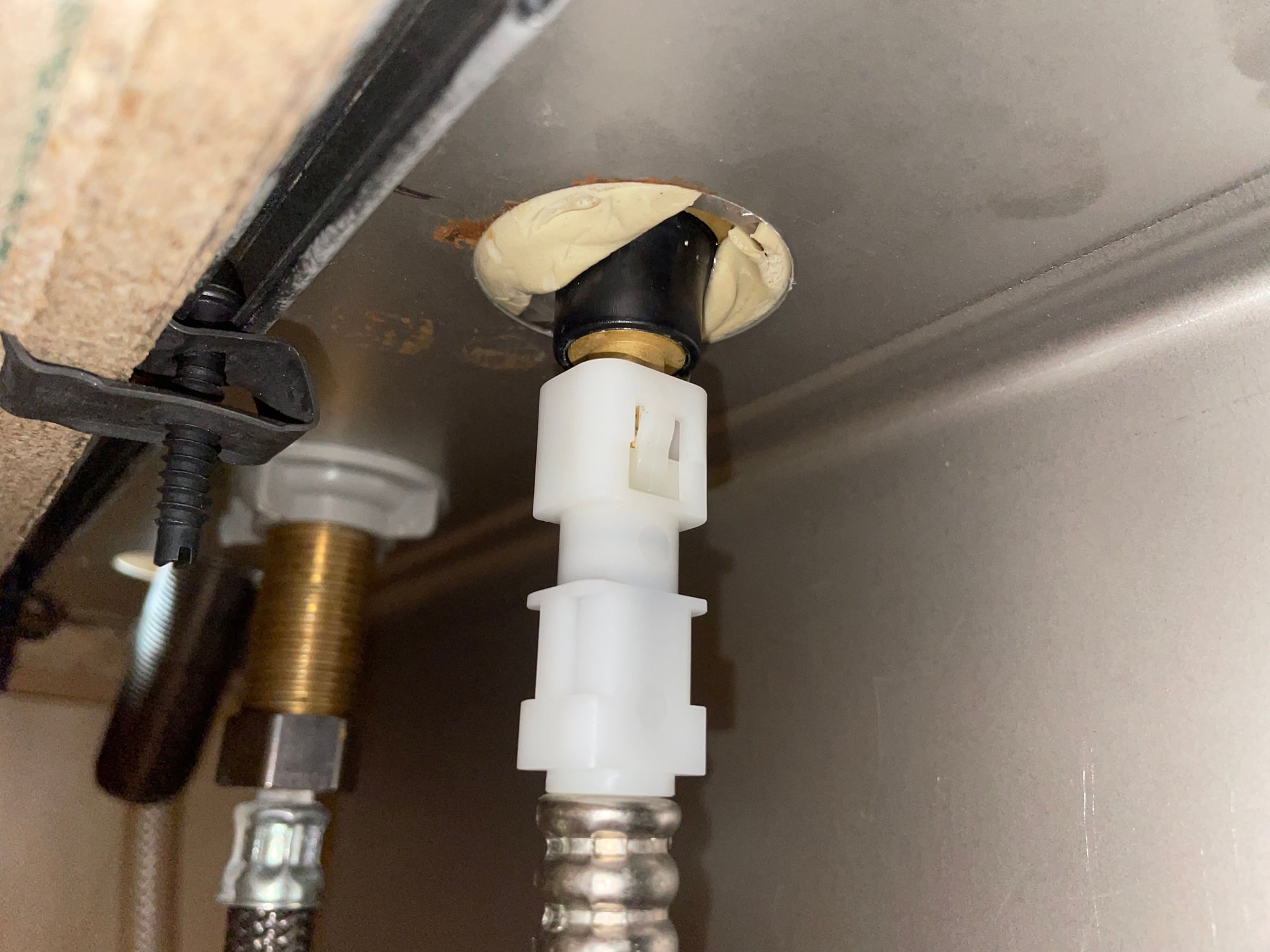




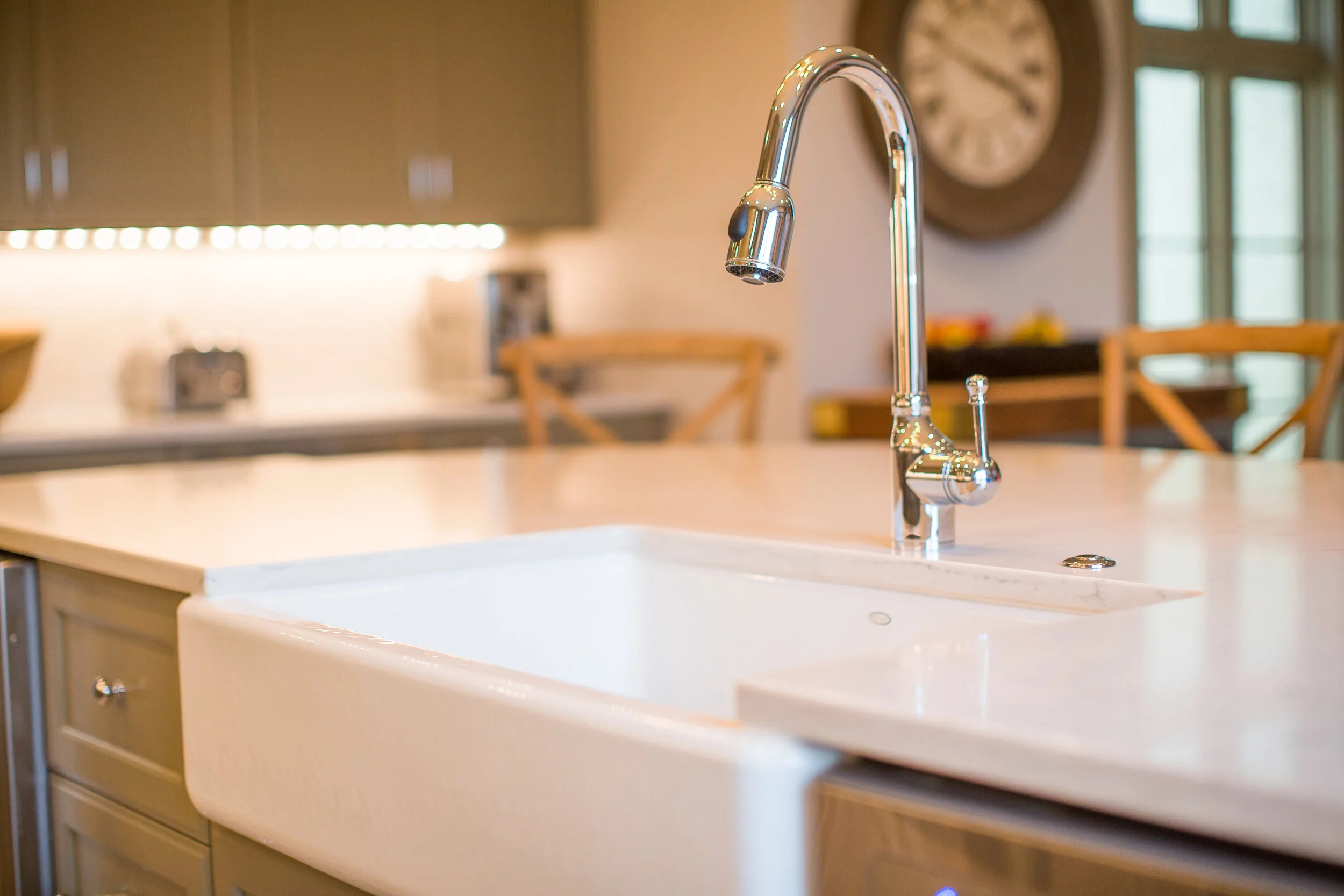


:max_bytes(150000):strip_icc()/GettyImages-174841379-5a85d100ba61770036d9f06c.jpg)






